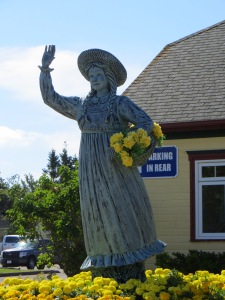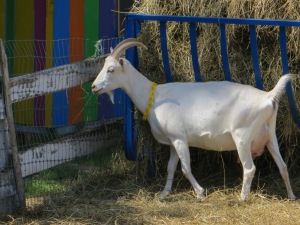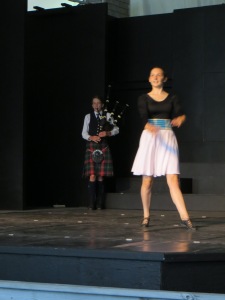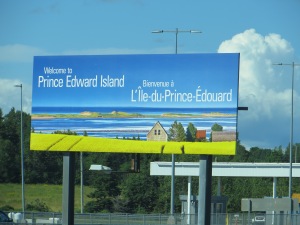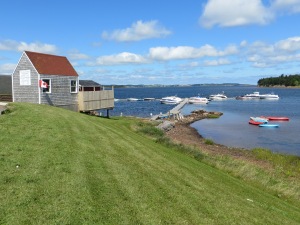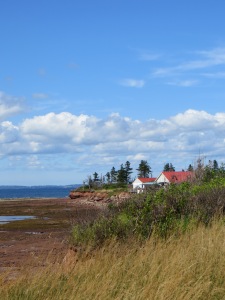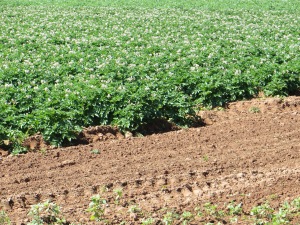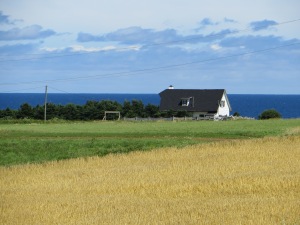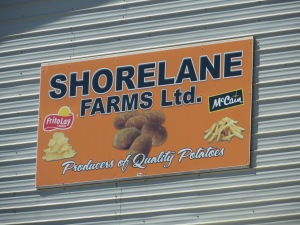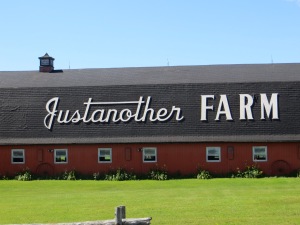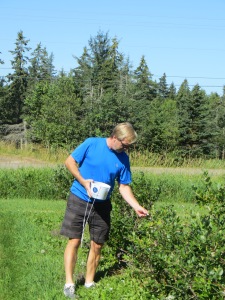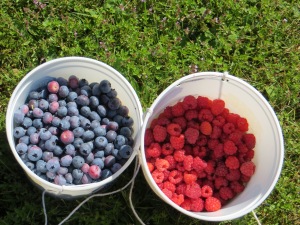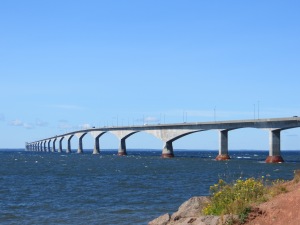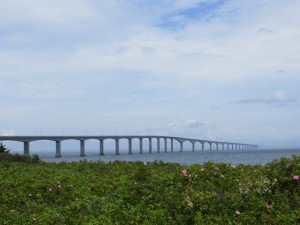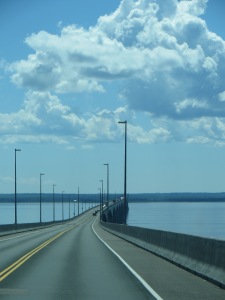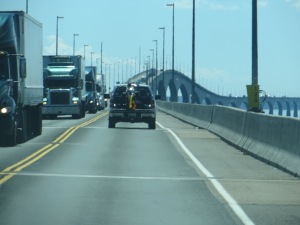At least for a majority of people (John excluded). We toured to Cavendish to visit the Avonlea Theme park. Canadian author Lucy Maud Montgomery wrote the novel Anne of Green Gables in 1908, and since that time it has sold more than 50 million copies. She went on to write 5 sequels about the red-haired orphan Anne Shirley. The setting of Prince Edward is vividly described in the novels, based on Montgomery’s memories of her childhood home.
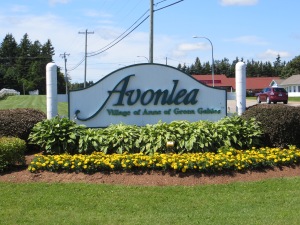
Avonlea village is a historic representation of the community of Avonlea from the novels -with both historic buildings and recreations. Actors are found throughout the park role-playing characters from the story. We enjoyed the setting, and more than that – I was happy to see so many children touring the village and experiencing “all things Anne Shirley”. A timeless story.
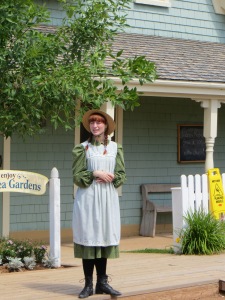
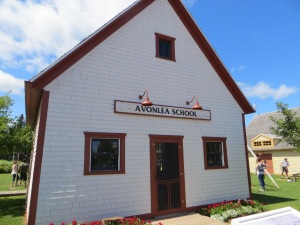
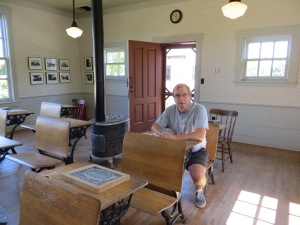

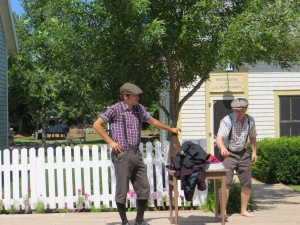
Interesting Fact: The novel Anne of Green Gables has been included in the Japanese school curriculum since 1952. Japanese families travel to Prince Edward Island to visit the Green Gables farm, and many Japanese girls idolize Anne Shirley.
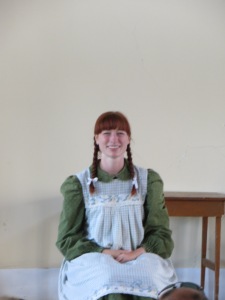
Artisans are abundant on the island: painters, potters, weavers, and crafters. The one rule I have about purchasing souvenirs on this journey is that they have to be locally made – so we decided to stop at The Great Canadian Soap Co. in Brackley Beach. This is a family-run operation that produces goat milk soaps and other products. From the parking lot, you walk past the barn, home to the goats whose milk is used in the products. The shop is filled with delicious smelling soaps and lotions – all made with goat’s milk, which contains natural moisturizing elements. Great for anyone with eczema or psoriasis.
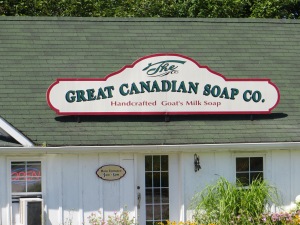
Every shop we visited, had Scottish music playing. While in Summerside, we visited The College of Piping & Celtic Performing Arts and took in a mini concert. Opened in 1989, the College has a mandate to preserve and promote the Celtic heritage of PEI. Instruction is offered in highland dancing, Island step-dancing, drumming and bagpipes. Over 500 students attend classes and workshops throughout the year – some from as far away as Australia.
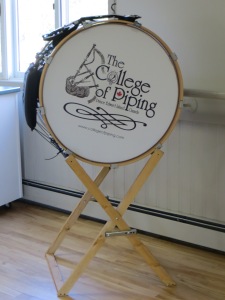
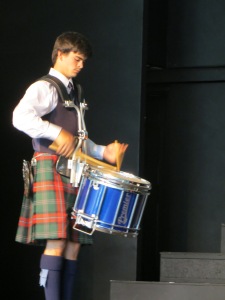
That was enough culture for one day!
